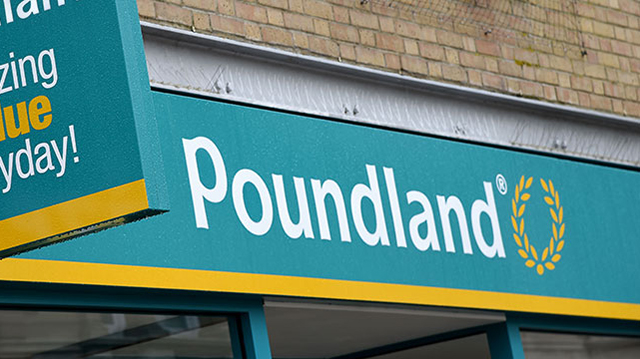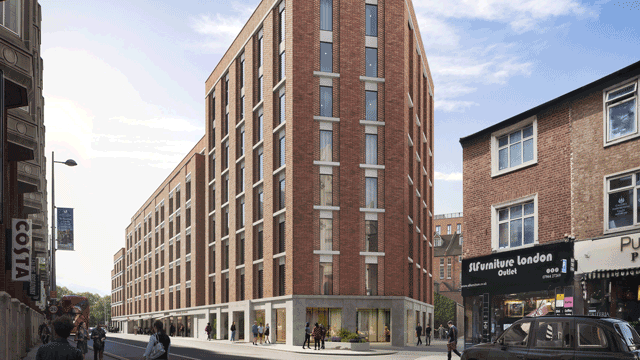The yield gap in property is normally spoken of in terms of the percentage point difference between the cost of borrowing and the annual income derived. But there is another unspoken yield gap: that between the lease’s “headline” rent and actual income. In good times the gap is zero. In bad times it widens. In really awful times, well, who knows? And that brings the retail sector to mind.
There is a multitude of ways of maintaining the fiction that a tenant is paying £100 a year, when in fact the income is £75. But these normally apply only to new leases, coming in the shape of rent-free periods or reverse premiums. There are all sorts of ways the headline rent can be maintained on an existing lease, such as side letters or “personal agreements”. It is all very confusing, especially when the rates are fixed on notional rents (p17).
There is, as yet, no widespread evidence of a great upsurge in these sorts of arrangement and landlords are being flexible with smaller retailers. But will this be enough? Tumbleweed is starting to roll down Britain’s less affluent high streets. If Number 1 is rented out for £100, it is hard to imagine a landlord getting much more than £50 for empty Number 2 – without some fantastical side deal on a virtually meaningless headline rent.
If the landlord is very unlucky, the tenant at Number 1 might turn out to be Sir Philip Green, tenant of over 2,500 shops. He and other chain retailers are agitating for monthly rather than quarterly rents. It is easy to see that argument turning from when you pay to what you pay.










